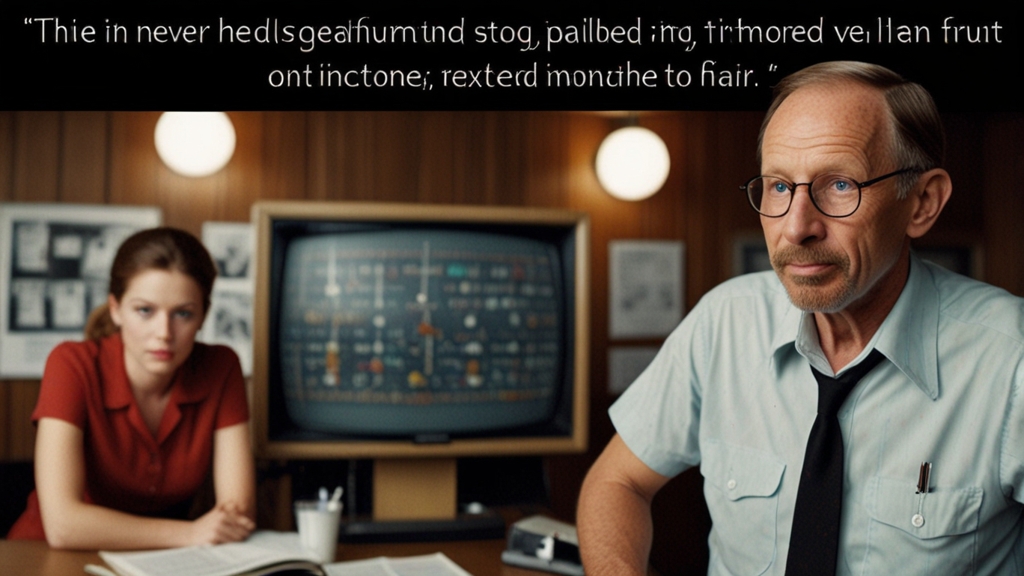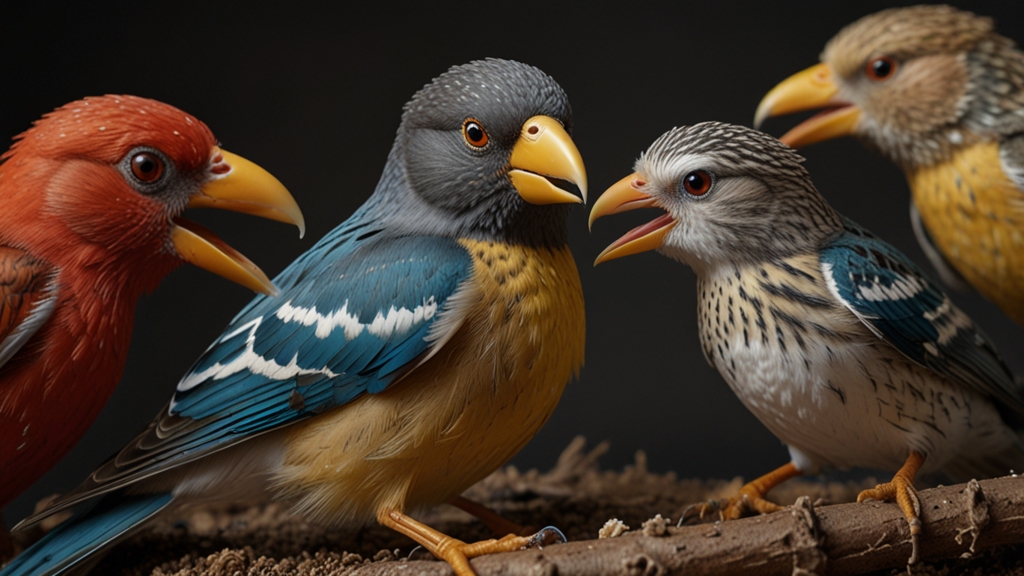Daring Inventions That Challenge the Status Quo
Invention has always been the bedrock of human progress, pushing boundaries and redefining what is possible. While some inventions blend seamlessly into everyday life, others stand out as daring feats that challenge conventional wisdom. These innovations aren't merely products; they represent seismic shifts in societal paradigms. Here we explore a few groundbreaking inventions that have disrupted the status quo and forced us to rethink our approach to life, work, and play.
Hyperloop: Revolutionizing Transportation
Proposed by Elon Musk, the Hyperloop concept aims to revolutionize the way we think about long-distance travel. The system envisages passenger pods hurtling through low-pressure tubes at speeds approaching those of commercial jets, effectively erasing the distance between cities. Originally conceived to connect Los Angeles and San Francisco in about 35 minutes, the Hyperloop has since inspired numerous companies to develop commercial prototypes.
"Hyperloop is the most revolutionary breakthrough in transport since the airplane." - Elon Musk
The potential impacts of the Hyperloop are far-reaching. On a practical level, it could drastically reduce travel time, making daily commutes between cities feasible. On a broader scale, it might encourage economic growth in less-developed areas by making them more accessible. The Hyperloop challenges not only our current transportation infrastructure but also our understanding of distance and community.
CRISPR: Editing the Fabric of Life
CRISPR technology, a gene-editing tool, represents one of the most audacious scientific advancements in recent years. This molecular tool allows scientists to make precise alterations to DNA, offering potential treatments for genetic disorders, cancers, and even certain viral infections. Developed through the collaboration of multiple researchers, CRISPR's impact on medicine, agriculture, and biology is profound.
What makes CRISPR particularly daring is its potential to rewrite the very fabric of life. For the first time in history, humanity has the capacity to not just read but edit genetic code. This opens the door to eradicating hereditary diseases and even enhancing human capabilities. However, it also brings ethical dilemmas and biological risks. The power to engineer life at a fundamental level means that CRISPR is not just a tool but a catalyst for ethical discussions that society must urgently address.
Electric Cars: Driving Towards a Cleaner Future
While electric cars are not a new concept, their mainstream adoption over the past decade has challenged the automobile industry's long-standing reliance on fossil fuels. Spearheaded by companies like Tesla, electric vehicles (EVs) have pushed technological boundaries and redefined consumer expectations around sustainability and performance.
"The electric car revolution is the most under-appreciated blow against climate change." - Joe Romm
Electric cars have moved from niche markets to mainstream consciousness, affecting not just car manufacturers but also urban planners and energy providers. The shift towards electric vehicles is a bold step in combating climate change, reducing urban pollution, and lowering our dependence on oil. Furthermore, it forces the energy sector to innovate in battery technology and charging infrastructure, making a sustainable future more attainable.
3D Printing: Redefining Manufacturing
3D printing, or additive manufacturing, is an invention that liberates production from traditional constraints. Unlike conventional manufacturing, which often involves subtracting material to create products, 3D printing adds material layer by layer, enabling the creation of complex designs with unprecedented precision. Invented in the 1980s but only recently becoming commercially viable, 3D printing has the potential to transform industries ranging from healthcare to aerospace.
One of the most daring applications of 3D printing is in bioprinting, where researchers are working on creating human tissues and organs. Imagine a future where organ shortages are a thing of the past because we can print them on demand. The technology also allows for rapid prototyping, reducing the time and cost required to bring new products to market. In this way, 3D printing challenges traditional manufacturing and supply chain logistics, making it a disruptive force across multiple sectors.
These daring inventions share a common thread: they push the boundaries of what is considered possible, challenging the status quo and inviting us to envision a future dramatically different from the present. Whether in transportation, medicine, automotive, or manufacturing, these innovations remind us that progress often lies just beyond the limits of conventional thinking.








